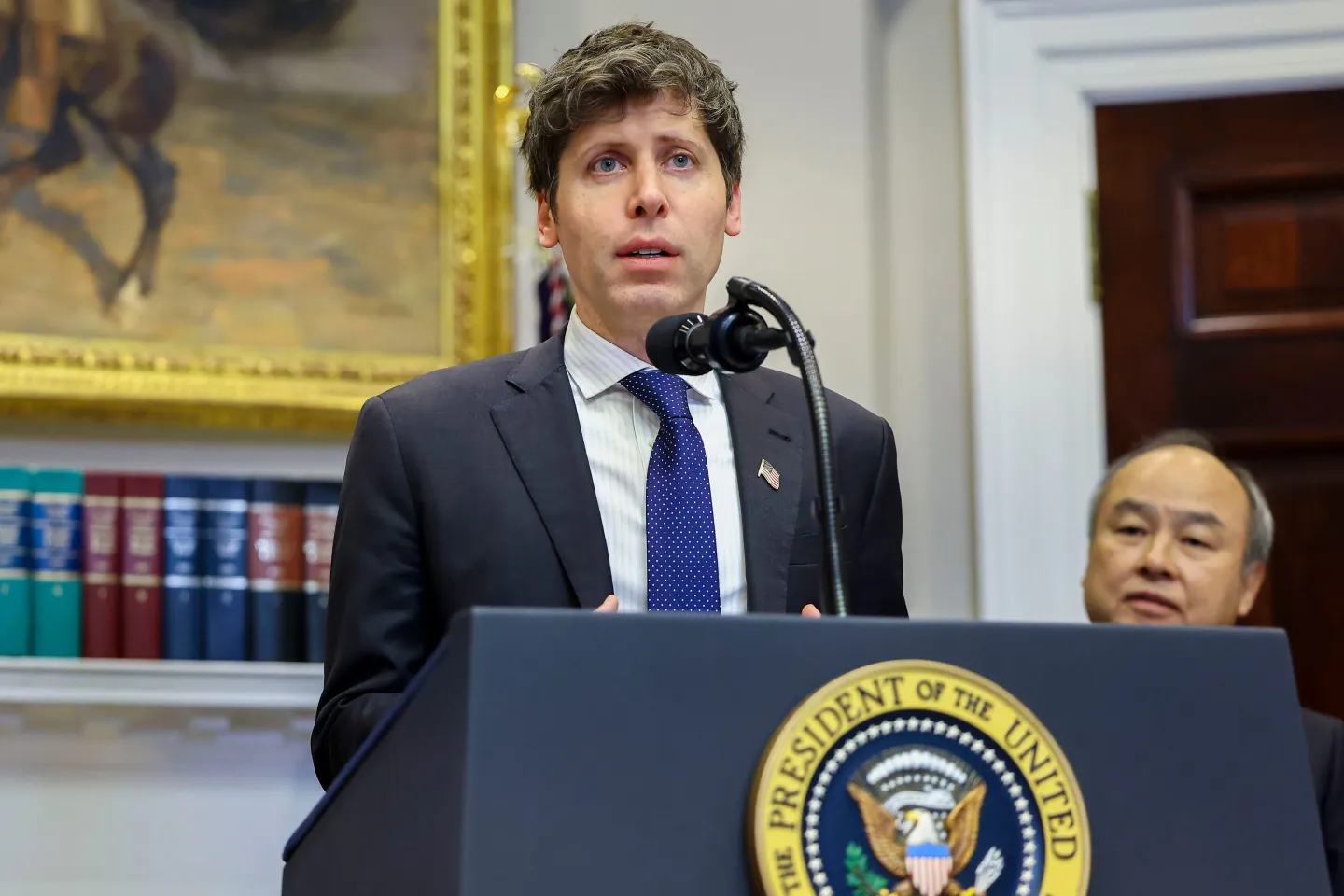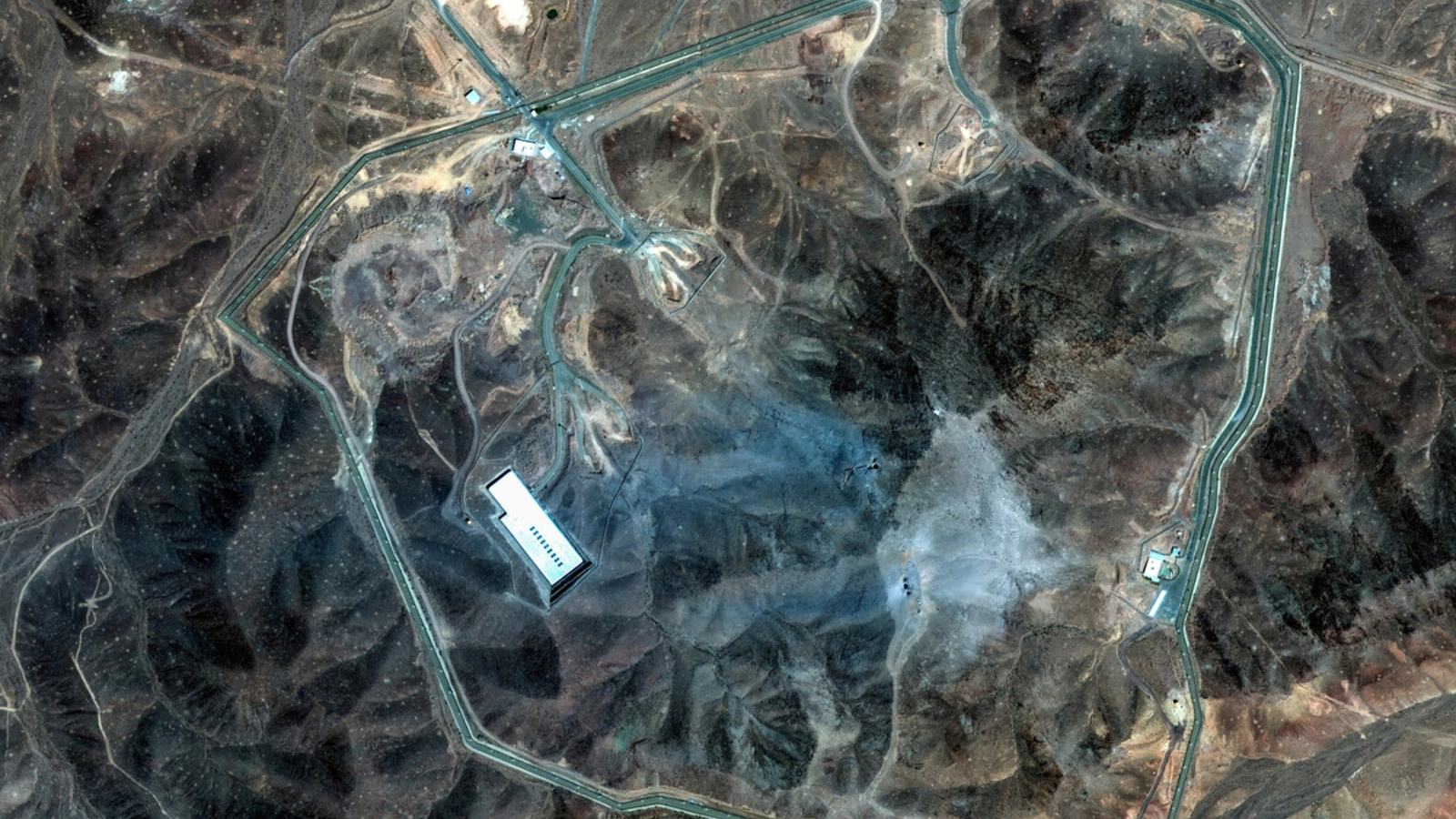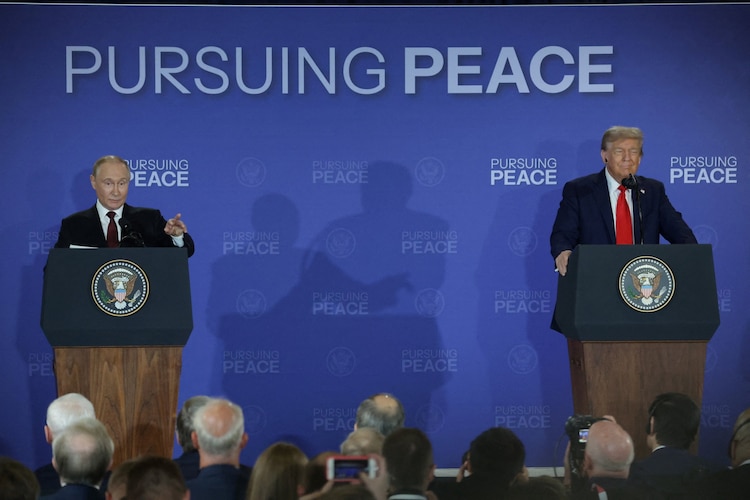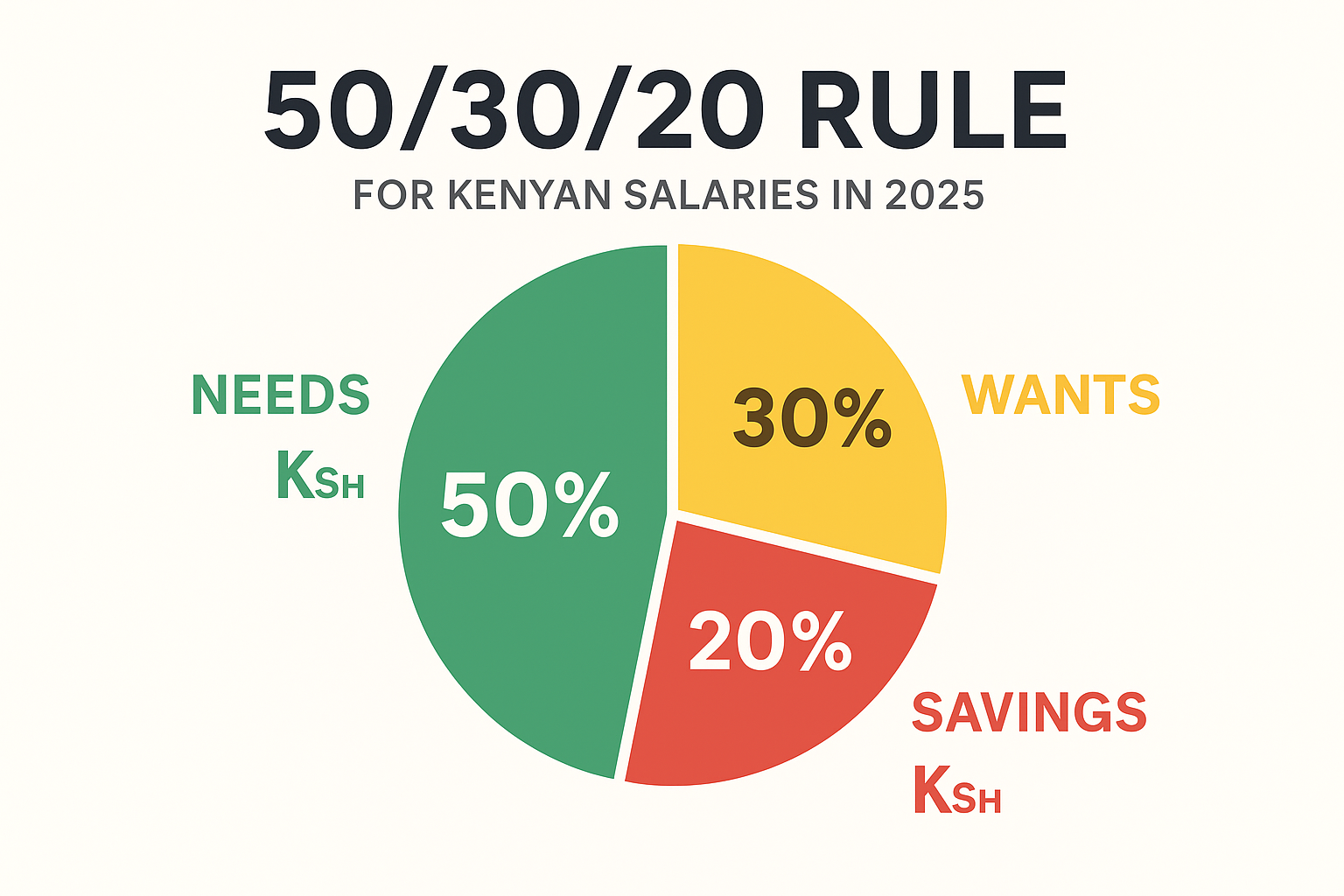August 19, 2025
The Infrastructure Moonshot
On January 21, 2025, flanked by tech titans Sam Altman, Masayoshi Son, and Larry Ellison, President Donald Trump unveiled the Stargate Project—a $500 billion private-sector initiative to construct the world’s most advanced AI infrastructure network across the United States. Described as "the largest AI infrastructure project in history," Stargate aims to build 20 hyperscale data centers starting with two sites in Abilene, Texas, backed by an immediate $100 billion deployment. The venture, structured as a joint venture between OpenAI (operational lead), SoftBank (financial lead), Oracle, and Emirati investment fund MGX, explicitly targets artificial general intelligence (AGI) development while countering China’s rapid AI advances.
"We want to keep AI in this country. China’s a competitor. This will secure American leadership."
—President Donald Trump, Stargate Announcement Address
The Architecture of Ambition
1. Unprecedented Scale and Partnerships
- Compute Arms Race: Each Stargate data center will span 500,000 square feet, housing tens of thousands of NVIDIA GPUs. The project’s 10-gigawatt power requirement equals Sweden’s total annual electricity consumption.
- Tech Consortium: NVIDIA provides chips, Microsoft contributes Azure cloud architecture, Oracle manages data integration, and ARM designs low-power processors. This "Magnificent Seven" coalition mirrors semiconductor alliances like Sematech in the 1980s.
- Global Expansion: Through "OpenAI for Countries," Stargate has launched international satellites:
- UAE Stargate (May 2025): Partnership with G42 and Cisco for Middle Eastern AI dominance.
- Norway Stargate (July 2025): Renewable-powered facility exporting excess heat to local industries.
- UAE Stargate (May 2025): Partnership with G42 and Cisco for Middle Eastern AI dominance.
2. The Energy Paradox
Stargate’s energy demands expose a critical vulnerability:
Stargate’s energy demands expose a critical vulnerability:
- Grid Strain: Texas’s ERCOT system, already buckling under heatwaves, must absorb 50MW per facility—equivalent to 40,000 homes. Trump’s "national energy emergency" declaration fast-tracks fossil fuel permits, sidelining emissions concerns.
- Nuclear Gambit: OpenAI explores modular reactors after admitting renewables can’t sustain 24/7 operations. SoftBank’s Fukushima trauma complicates this pivot.
3. Geopolitical Calculus
- Countering China: The launch coincided with DeepSeek-R1’s release—a Chinese open-source model rivaling GPT-4 at 1/27th the cost. Stargate’s "digital sovereignty packages" for allies (e.g., UAE’s 500,000-NVIDIA-chip deal) explicitly counter Beijing’s "Belt and Road AI kits".
- Tech Cold War: French President Macron responded with a €109 billion EU AI fund, calling Stargate "a wake-up call for European sovereignty".
Fault Lines and Controversies
1. Funding Fantasies?
- Elon Musk publicly derided Stargate’s financing: "SoftBank has well under $10B secured... they don’t have the money".
- Reality check: $19B each from OpenAI/SoftBank and $7B from Oracle/MGX form the initial equity. JPMorgan’s $2.3B loan for Texas sites hints at dependency on debt markets.
2. Execution Woes
- Missed Deadlines: The Abilene Phase 1 site missed its May 30, 2025, completion date. Current targets are downgraded to "one Ohio data center by end-2025".
- Partner Discord: OpenAI bypassed SoftBank to sign a $30B Oracle deal for 4.5GW capacity, sparking internal friction. Leadership struggles persist over site selection and SB Energy’s role.
3. The AGI Governance Void
Stargate’s charter vaguely references AGI "for humanity’s benefit," but lacks:
Stargate’s charter vaguely references AGI "for humanity’s benefit," but lacks:
- Ethical frameworks for bias/misinformation amplification at scale.
- Transparency mechanisms for military applications, despite Pentagon interest in leasing capacity.
"We’ll phone out to Stargate’s assets... We lack in-house capability for AI’s scale."
—Roy Campbell, Pentagon High-Performance Computing Chief
Promised Transformations
1. Healthcare Revolution
Larry Ellison proclaimed Stargate could "design mRNA cancer vaccines in 48 hours" via AI-robotic labs. The project targets oncology first, partnering with NCI-designated cancer centers to avoid IBM Watson’s clinical missteps. Early pilots like Triomics’ AI trial-matching platform (72% enrollment boost at Medical College of Wisconsin) showcase potential.
Larry Ellison proclaimed Stargate could "design mRNA cancer vaccines in 48 hours" via AI-robotic labs. The project targets oncology first, partnering with NCI-designated cancer centers to avoid IBM Watson’s clinical missteps. Early pilots like Triomics’ AI trial-matching platform (72% enrollment boost at Medical College of Wisconsin) showcase potential.
2. Job Creation Mirage
While Trump touted "100,000 immediate jobs," roles demand niche skills:
While Trump touted "100,000 immediate jobs," roles demand niche skills:
- Nuclear engineers for power plants
- AI safety auditors
- Low-latency network architects
With U.S. AI talent pools already depleted, Stargate risks becoming a $500B facility searching for operators.
3. Defense Integration
The Pentagon views Stargate as a force multiplier:
The Pentagon views Stargate as a force multiplier:
- Battlefield AI: Forward operating bases could offload compute-intensive tasks (e.g., drone swarm retraining) to stateside data centers.
- Nuclear Power Synergy: Transportable micro-reactors (1-5MW) being developed for the military could later power Stargate sites.
The Verdict: Visionary or Vanity Project?
Stargate embodies four existential tensions:
- Feasibility vs. Ambition: Can private capital raise $500B amid trade wars and AI chip volatility?
- Speed vs. Safety: Will AGI development bypass ethical guardrails?
- Nationalism vs. Collaboration: Can "America-first" AI coexist with global partnerships?
- Innovation vs. Environment: Will nuclear/coal power erode climate goals?
As SoftBank’s Masayoshi Son conceded in August 2025, the project "needs more time" 4. Yet its legacy is already cemented: a declaration that AI supremacy will be won not just in algorithms, but in gigawatts, concrete, and geopolitical alliances.
"Stargate isn’t a race to a finish line—it’s an endless track. Leadership will be decided by who powers AI, governs it, and makes it indispensable to the world."
—Fei-Fei Li, Stanford Human-Centered AI Institute
Sources: OpenAI Announcements, Financial Times, Forbes, The Washington Post, Bloomberg, Breaking Defense, Cancer Letter.
Additional Reporting: Moor Insights & Strategy, Triomics Case Studies, Pentagon Briefings.
Additional Reporting: Moor Insights & Strategy, Triomics Case Studies, Pentagon Briefings.



























